How to Start Your Car When the Start/Stop Button Fails: Causes and Fixes
When the push-button ignition stops responding, many drivers find themselves unsure what to do next.
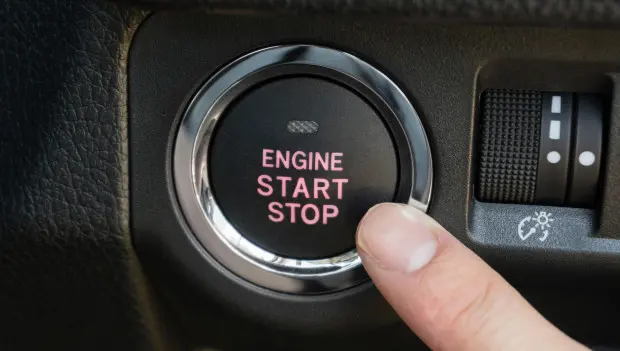
More and more modern cars come equipped with keyless ignition systems — you simply press the “Start/Stop” button and the engine comes to life. It’s convenient, at least until the day it doesn’t work. Here’s a clear breakdown of why your car might refuse to start and what you can do about it.
Sometimes the problem isn’t mechanical at all — it’s just a simple oversight. Maybe the transmission isn’t in “Park” or “Neutral,” or the brake pedal wasn’t fully pressed. These small details can prevent the system from recognizing the start command.
Weak or Dead Battery
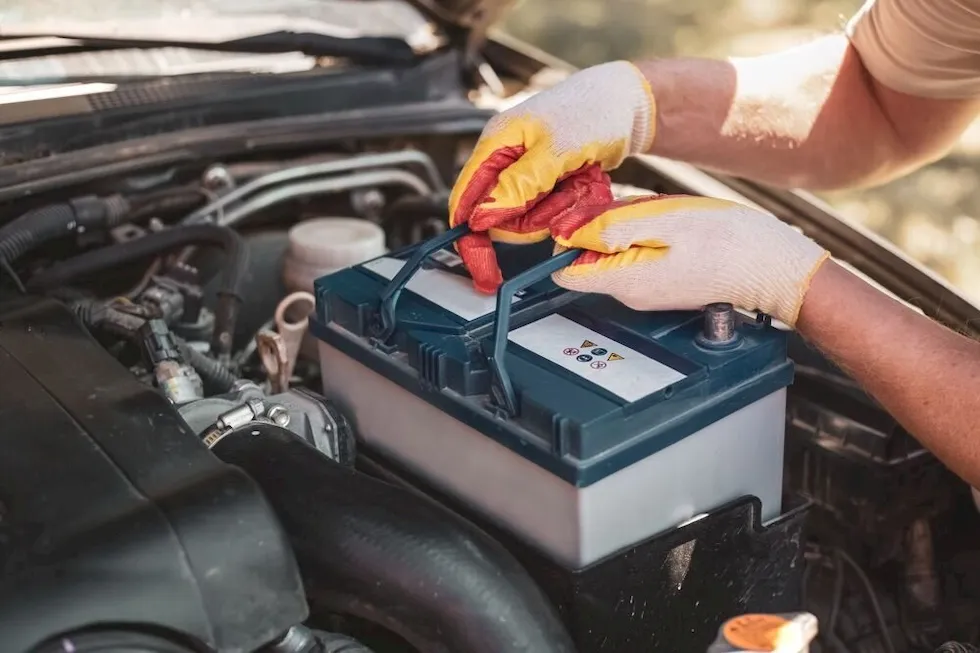
If your car battery voltage drops below 12 volts, the starter may not engage. Experts recommend checking the battery’s charge and topping it up if needed — especially during the colder months when batteries are most likely to struggle.
Faulty Starter Motor
A starter can fail suddenly, often without warning. One day it cranks sluggishly, the next it’s silent. In most cases, you’ll need roadside assistance or a tow to a repair shop — modern vehicles often make access to the starter quite difficult.
It’s also smart to inspect the fuse box. Sometimes, a simple blown fuse is all that stands between you and a running engine. Replacing it can be a quick fix.
Dead Key Fob Battery
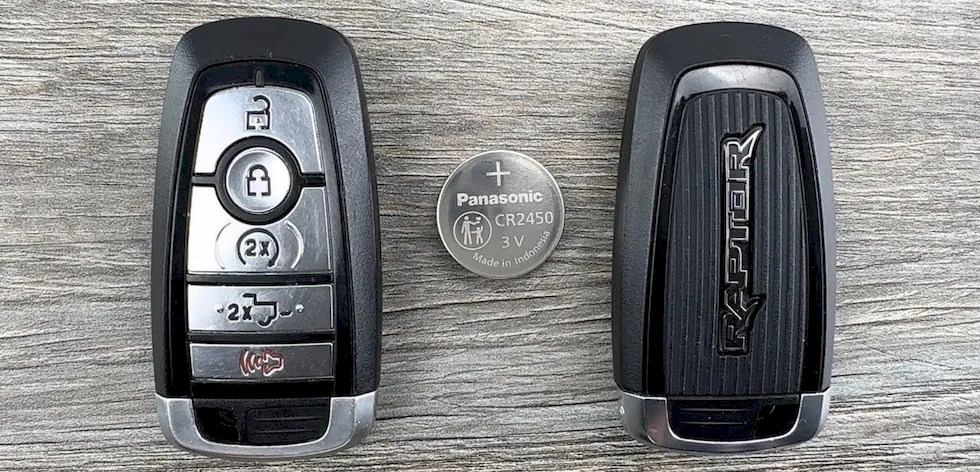
If your key fob no longer unlocks the doors and the “Start/Stop” button won’t respond, the culprit could be the small battery inside the fob. Try holding the fob directly against the start button and pressing it again — the system may still recognize it at close range. But don’t delay replacing that battery; it’s a cheap and easy fix.
Faulty Brake Light Switch
If your brake lights don’t come on when you press the pedal, the brake switch might be faulty or a wire may have come loose. On many cars, you can still try a workaround: press the start button once to turn on the ignition, then press and hold it for about 10 seconds. The starter might kick in. This trick can also help in freezing weather, saving you from tracking snow into the cabin.
Defective Start/Stop Button
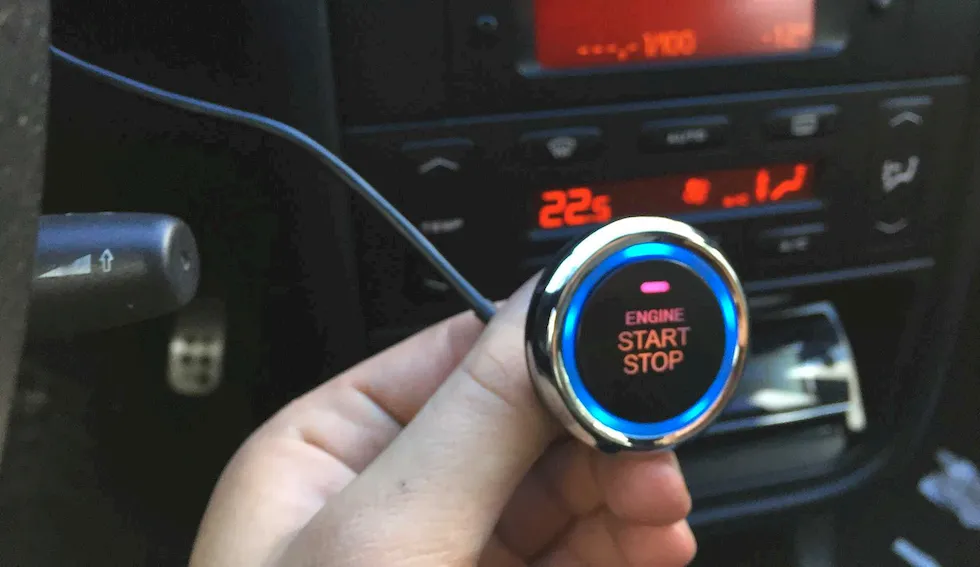
Over time, moisture and oxidation can affect the contacts inside the button — especially in cars over ten years old. You may be able to disassemble and clean it, but in most cases, replacement is the better long-term fix.
The Start/Stop system is undeniably convenient, but it’s not immune to wear and tear. If your car doesn’t respond when you press the button, don’t panic. Check the simple things first: the key fob battery, the brake pedal, and the main battery. And if none of that helps, it’s time to let a qualified mechanic take a look.
You may also be interested in the news:
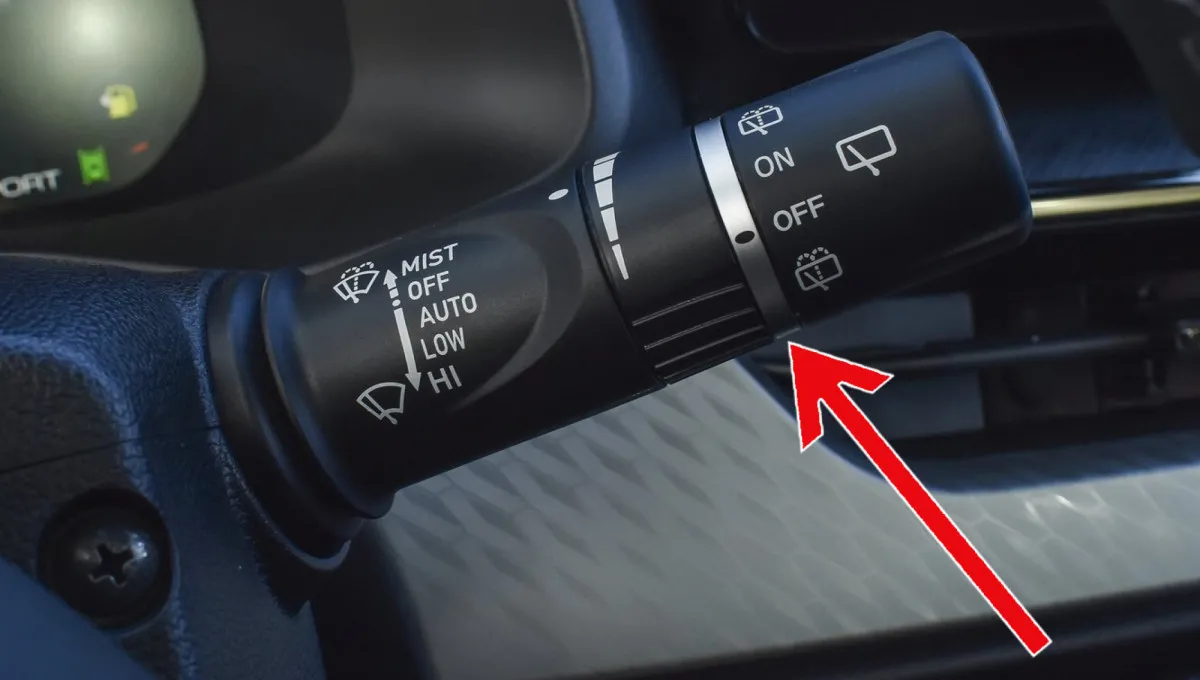
Vital Winter Tip: The One Car Setting You Must Turn Off Before It's Too Late
This common car feature is a silent winter menace. Ignoring one switch can lead to a startling and expensive morning surprise.
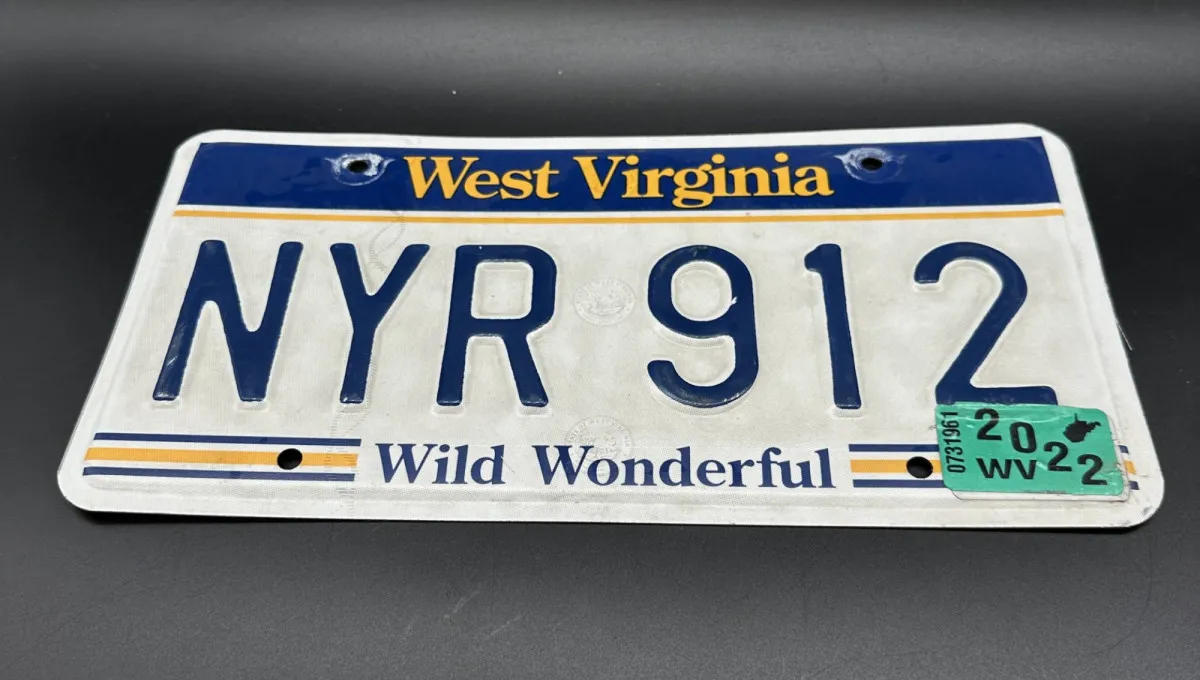
Your Car’s “Horoscope”: What Your License Plate Number Says About Your Ride
Many people believe in the power of numbers—and some even splurge on “lucky” plates for their cars.
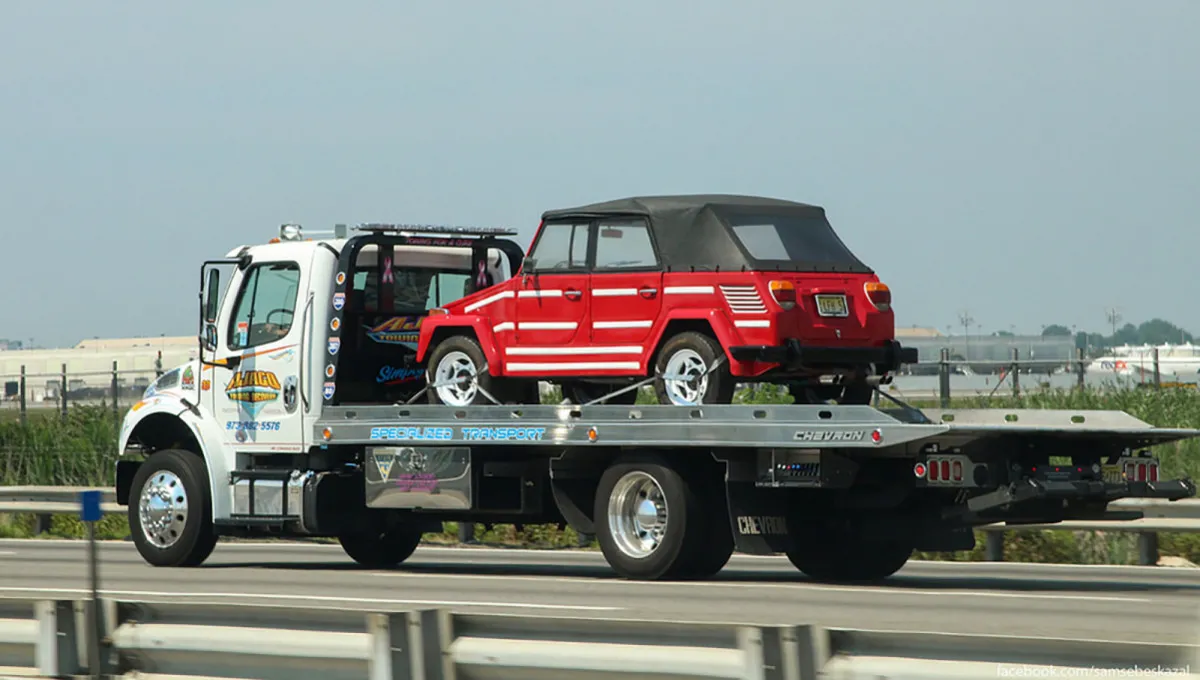
Few Reasons Your Car Might Shake Right After You Start Driving — and What You Can Do About It
Most drivers will eventually encounter sudden vibrations or shaking while on the road.
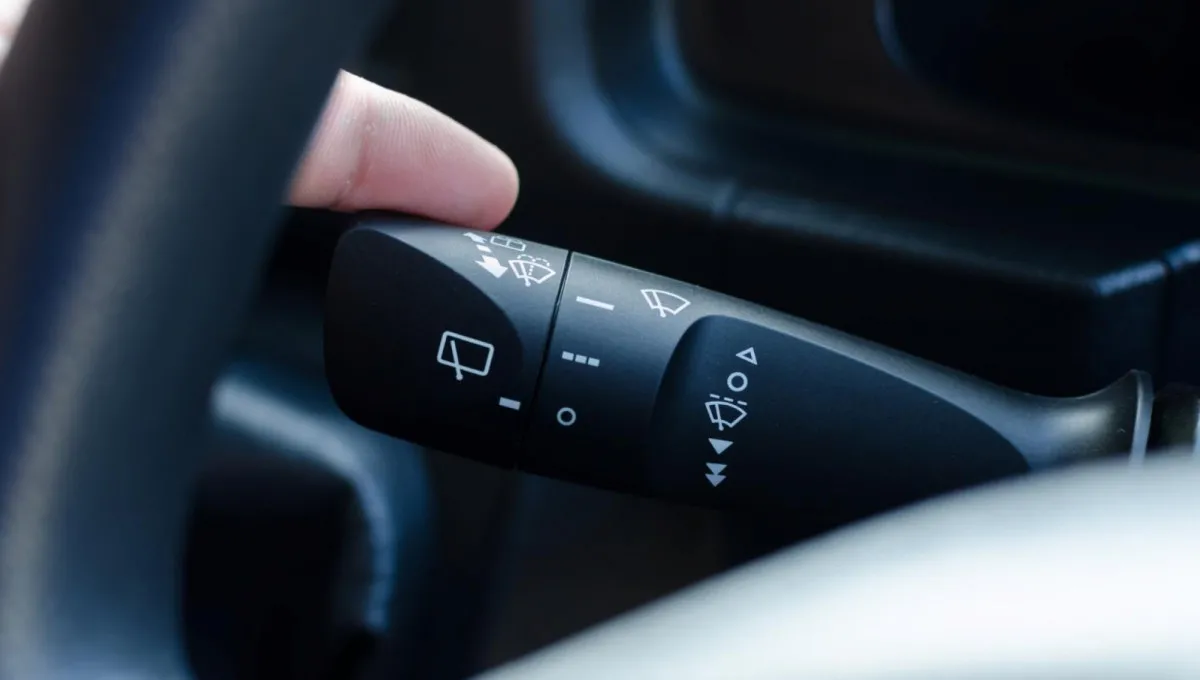
7 Hidden but Surprisingly Useful Features Every Car Has
Modern cars are packed with features most drivers never notice — from safety tricks to small conveniences that make life easier.

Steering Basics: Why You Shouldn’t Turn the Wheel All the Way to the Stop
Seasoned drivers know better than to crank a hydraulic power-steering system to the point of squeaks and groans.